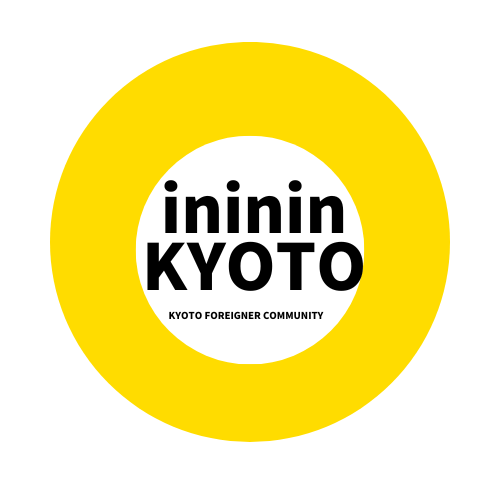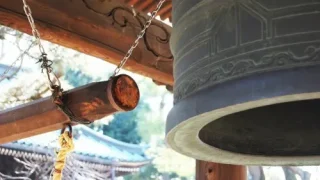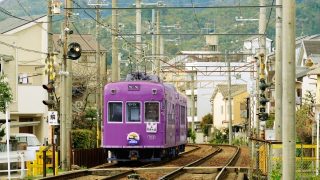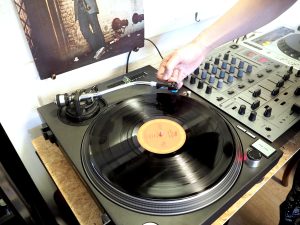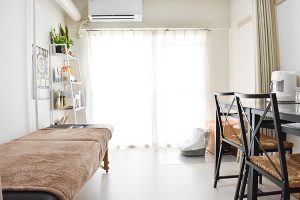Saiin ✖️Saiin Column Serialization/ The city is Eight Beat
Showa-born Rock person introduces the scenery of the city - Morimori
The closest terminal station to my home is Shijo-Omiya, but the town that stretches around it has become a station that sells neither books nor CDs in the past few years.
There used to be two movie theaters and a bowling alley. The Hankyu line used to have a limited express stop there, but now it is just a casual pass-through. I often go to Nishioji-Shijo = Saiin when I need to do some shopping.
With all due respect, the streets of Saiin used to be a bit dark and a bit "scary". Now, a large building complex has been constructed at the main intersection, and electronics stores, bookstores, CD stores, etc. are lined up in the vicinity. The number of restaurants and other eateries catering to young people has also increased, and the area has been transformed into a bright and bustling town. It is a stark contrast to the changes in Shijo-Omiya.
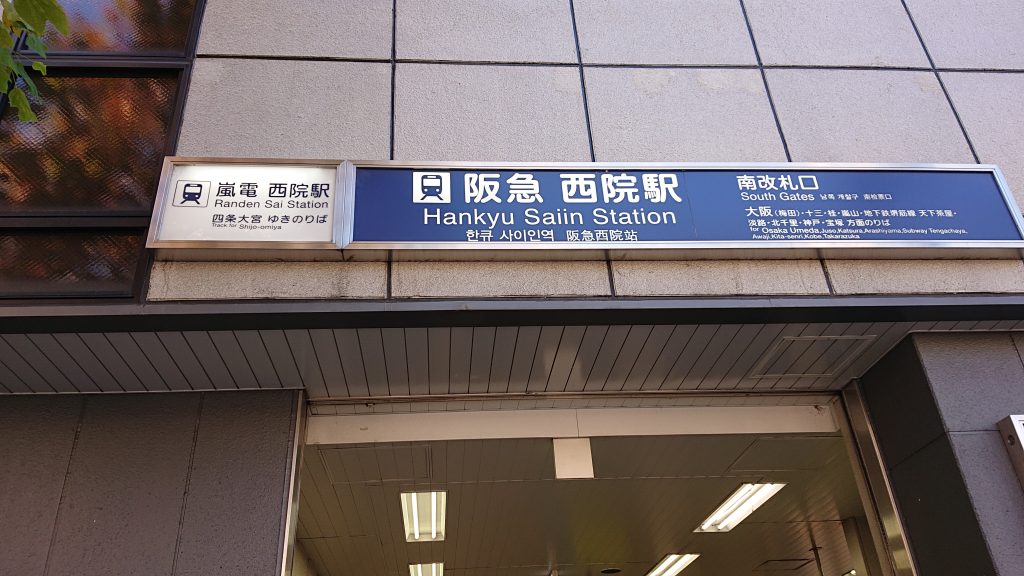
Here in Saiin, there are two train lines. There are two train lines here in Saiin: the Hankyu and the Randen. In the old days, to connect both trains, one had to walk for a few minutes over a distance of less than 300 meters.
Currently, the Hankyu underground passageway and Randen boarding platform have been extensively renovated, and both stations are directly connected to each other. The platform of Hankyu Saiin Station is located in Ukyo-ku, while that of Randen is in Nakagyo-ku. The difference between the two is not only their location; the Hankyu calls the station "Saiin," while Randen calls it "Sai," although it is also written as Saiin.
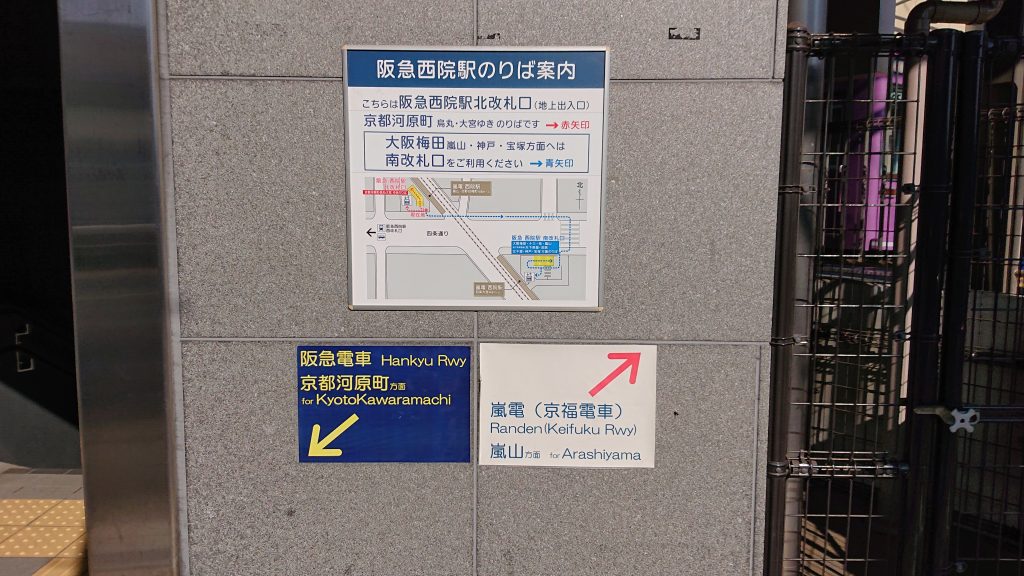
The two readings have historically converged, but there are many theories as to the origin of the name of this place, including its reading. The two main ones are as follows
One theory is that during the Heian period, there was a detached palace of Emperor Junna called "Junwa-in" in this area, which was located in the western direction from the Imperial Palace, and thus the area was called "Nishi-no-in" or commonly known as "Sei-in", and the area was also called "Sei-in".
One now is that "sai" means "Sai", i.e. "Sai no Kawara". The theory is that during the Heian period (794-1185), this place, located at Kyogoku in the west, was considered to be the border between the demon world and the riverbank of the "Sanzu-no-gawa" there.
Personally, I think the first theory is the correct one, but the second theory is often widely discussed on the Internet. This may be because it is a theory that has mysterious elements and can be interestingly discussed. Incidentally, the stone marker of "Kozanji Temple" on the north side of Nishioji Shijo Higashi-iru has the inscription "Sai-no-Kawahara Old Site, Kozanji Temple.
Now, there is something we must not forget about Saiin. The Hankyu Kyoto Main Line goes underground just west of Saiin Station and runs eastward directly under Shijo Dori to the Kawaramachi terminus. This underground line is the first of its kind in the Kansai region and is designated as a Civil Engineering Heritage Site by the Japan Society of Civil Engineers. I am particularly relieved to see this space where one can feel the history among Hankyu stations.
Contributor profile
-
Born in Setagaya, Tokyo in 1955.
He later moved to Okazaki, Aichi Prefecture, and other places before arriving in Kyoto City.
At the age of 65, he was diagnosed with cancer, and due to the side effects of anti-cancer drugs, etc., he ended his life of mowing the lawn every week until then.
Currently, he is working in his vegetable garden, tilling the soil while complaining about the heat and cold.
Still plays bass in a rock band.
